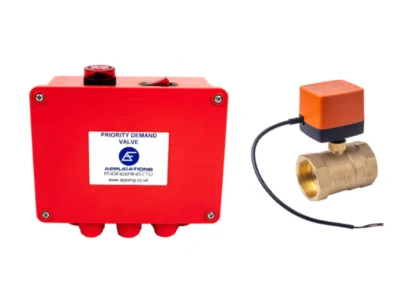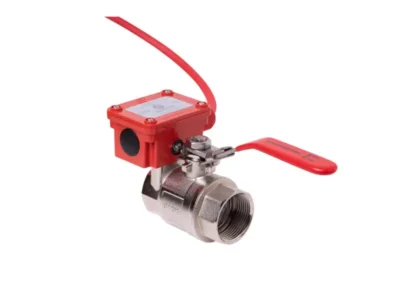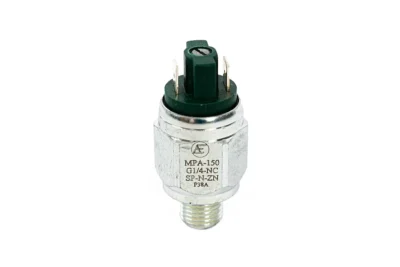CLOSE
Best Selling Products
Buy Online

2021 Compliant Priority Demand Valve 15mm – 125mm
Model: AE-PDV21-2
From £130.48
Buy Online

AE-MBV – Monitored Ball Valve
Model: AE-MBV
From £41.59
Buy Online

RF-OV11 – Plastic Vertically Mounted Level Switch
Model: RF-OV11
£7.34
Buy Online

MPA – Adjustable SPST Pressure Switch
Model: MPA
From £15.30CLOSEMENU
